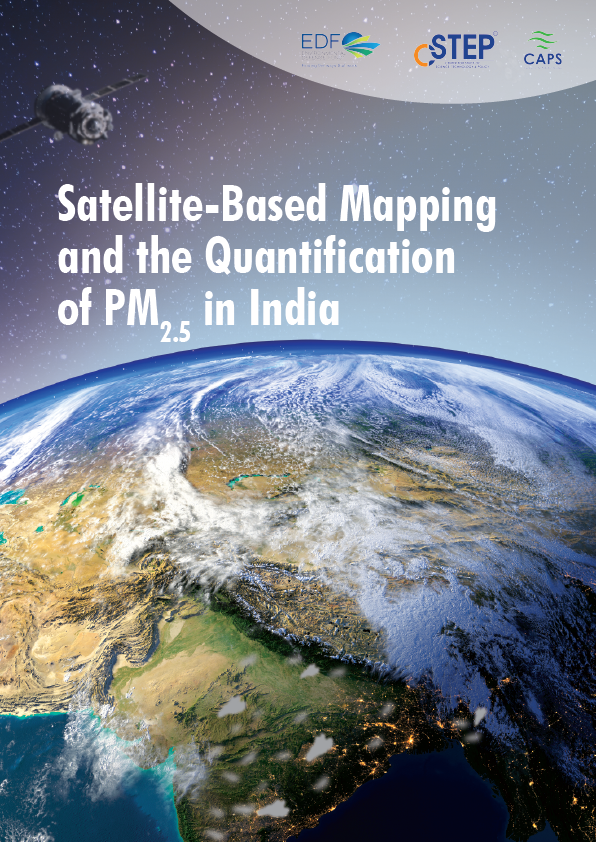The Center for Study of Science, Technology and Policy (CSTEP) used satellite-based products to study the spatial patterns, hotspot areas, and rural–urban contrasts in PM2.5 in the Delhi-NCR, Kanpur, and Bengaluru regions for the calendar year 2019. Titled ‘Satellite-Based Mapping and the Quantification of PM2.5 in India,’ the official report was launched during a virtual event held on 28 February 2022. Three policy briefs based on the satellite-based mapping of Delhi-NCR, Kanpur, and Bengaluru were also released along with the report.
The PM2.5 maps and statistics obtained from the study regions can complement data from regulatory measurements and could be highly useful for policymakers, researchers, and citizen scientists. Dr Sreekanth Vakacherla, one of the authors of the report and a Senior Research Scientist at CSTEP, is of the opinion that ‘Regulatory air pollution monitoring in India is mostly limited to urban areas. It is difficult to capture the intricate spatial variations of PM2.5 without a dense network of monitors. Satellite-based products could bridge this gap. However, there are challenges and limitations in converting the satellite columnar aerosol optical depth into surface PM2.5, such as the non-availability of satellite AOD during cloudy days and the lack of non-urban PM2.5 measurements.’

Read the full report here.
